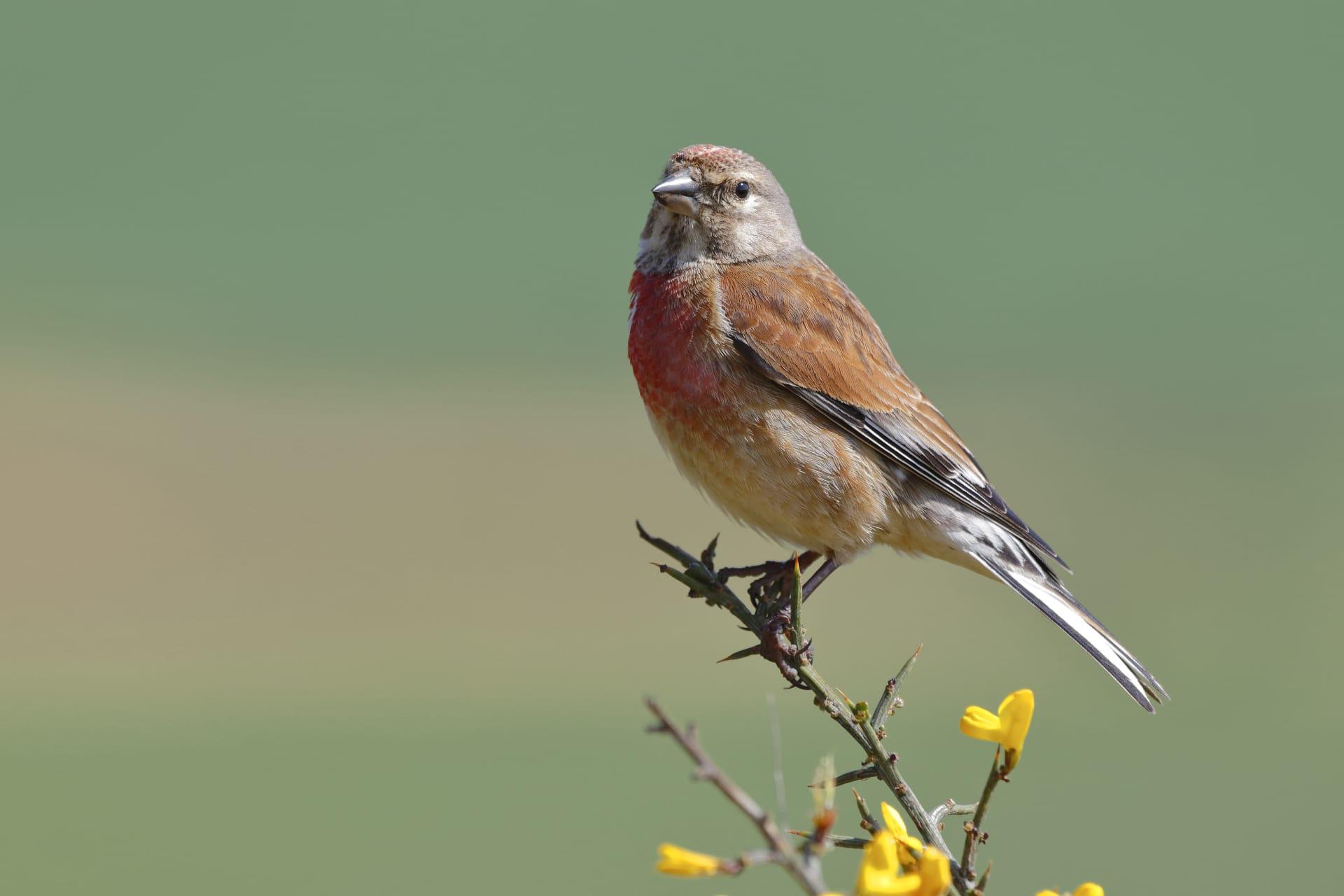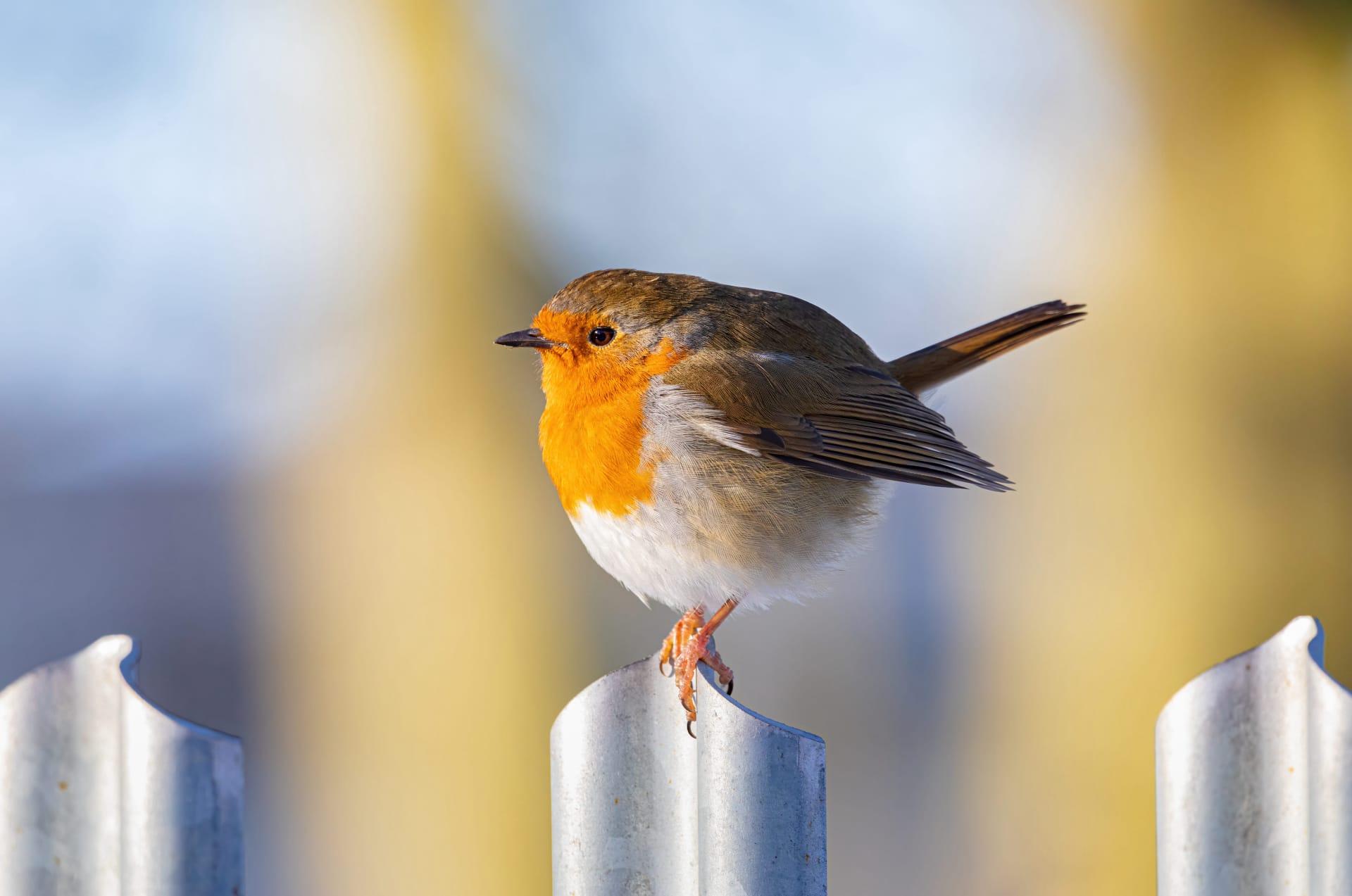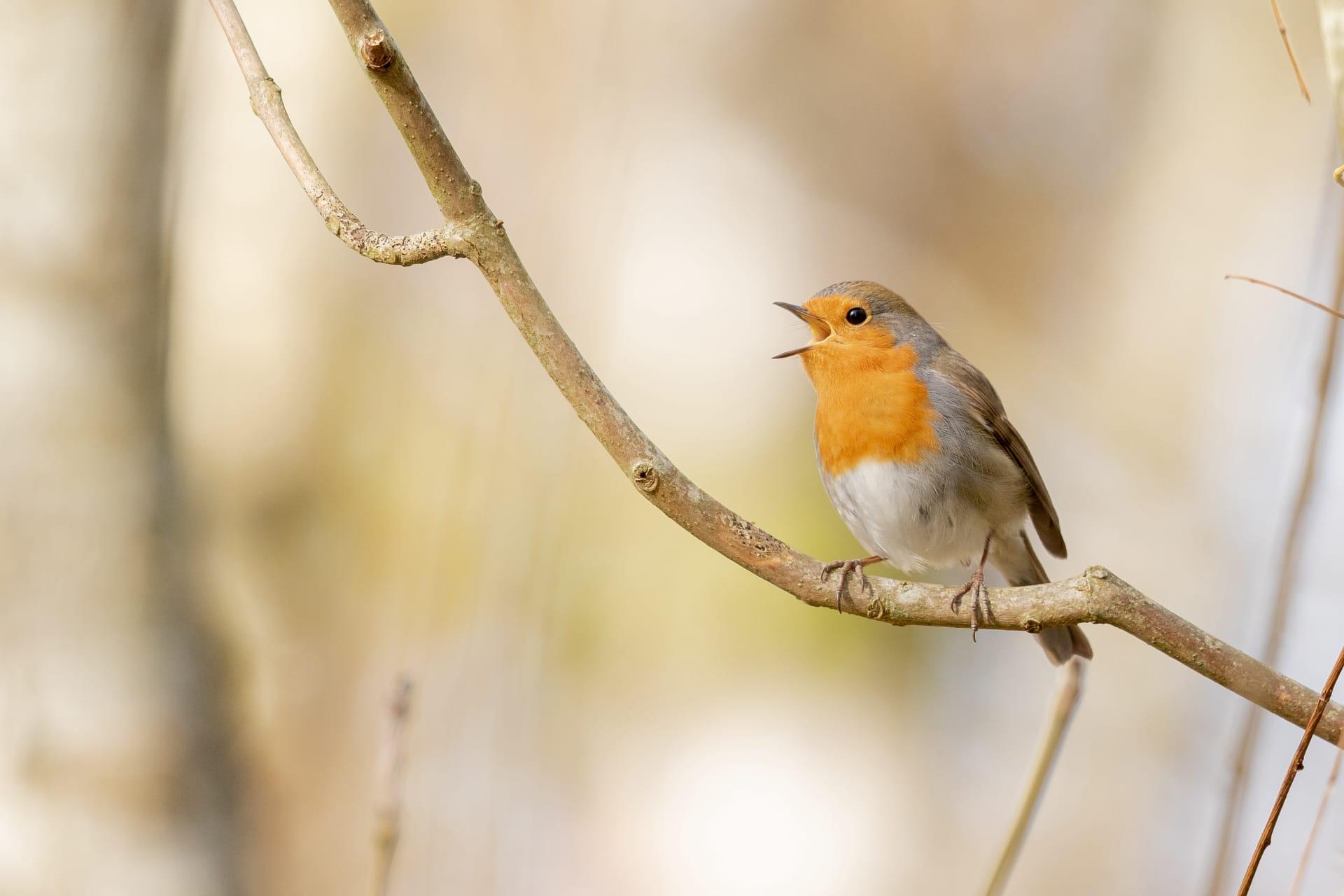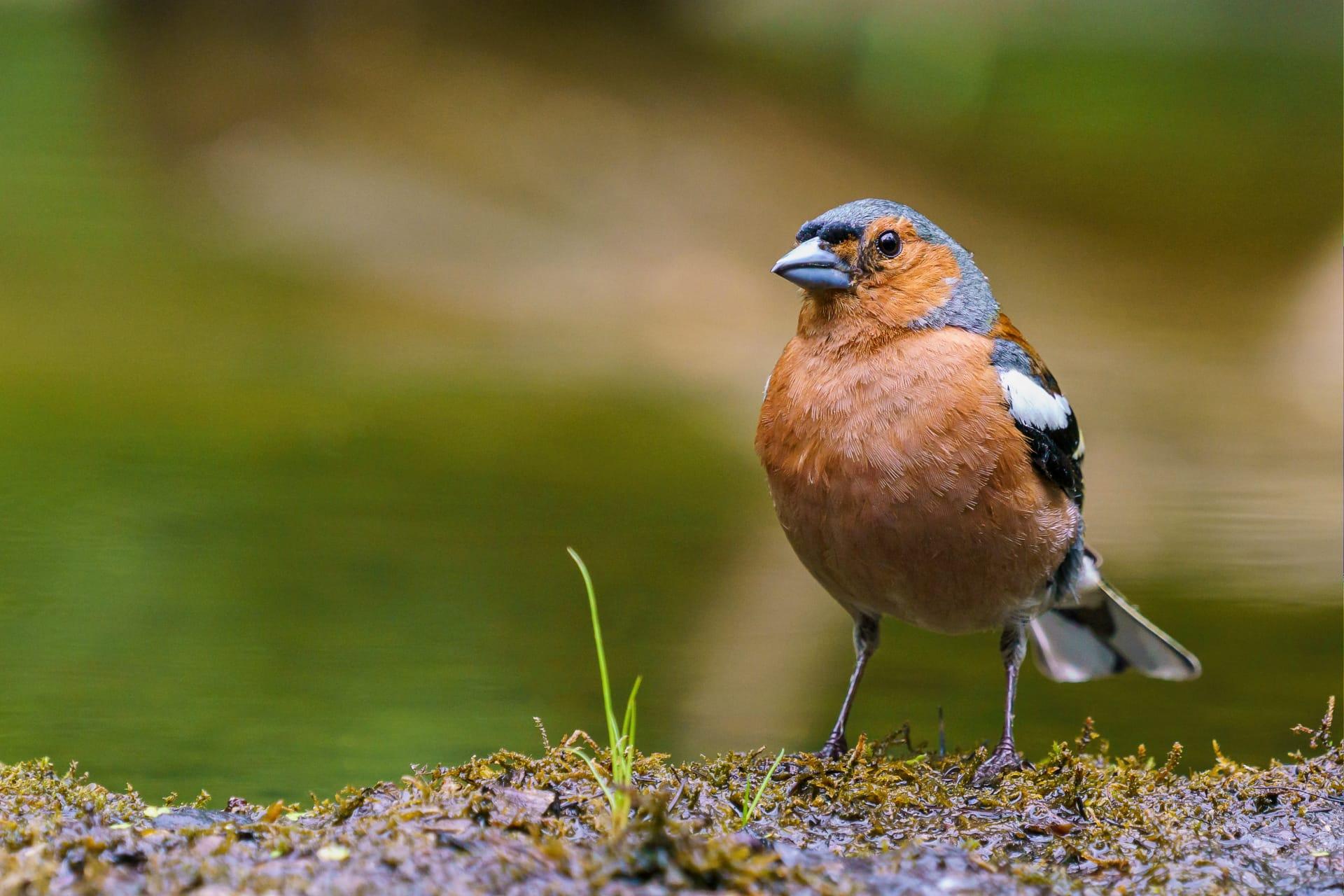1
Did you know the American Robin isn't really a robin? These birds, scientifically known as Turdus migratorius, were named by early European settlers in North America who thought they resembled the red-breasted robins back in Europe. However, they are not closely related. American Robins belong to the thrush family, known for their melodious singing.
Another fascinating fact about the American Robin is their diet, which changes dramatically between seasons. In spring and summer, they feast mainly on earthworms, often seen tugging worms out of the ground. Come fall and winter, their diet shifts to fruit and berries, helping them survive the colder months. This dietary flexibility is a key factor in their widespread presence across North America.

2
The American Robin is a true harbinger of spring. Many people believe that seeing a robin is the first sign of spring, but these birds can be found in many parts of North America year-round. Their migratory patterns are influenced more by food availability and temperature than by the specific season. Robins migrate more based on the ground thawing, as this allows them to access their favorite food, earthworms.
These birds are also incredibly adaptable in their nesting habits. They can build their nests almost anywhere - from trees and shrubs to windowsills and porch lights. A female robin will construct the nest using grass, twigs, and mud, creating a sturdy and safe place to lay her eggs, usually three to five in a clutch.

3
American Robins have an astonishingly quick breeding cycle. From the laying of the first egg, it takes just about two weeks for the eggs to hatch. Then, in another two weeks, the fledglings are ready to leave the nest. This rapid development is essential for their survival and ability to have multiple broods in a single season, sometimes up to three rounds of offspring.
Did you know these birds are also very social and communicative? American Robins use over 20 different calls and songs. One of the most recognizable is the 'cheerily' song, which males use to attract mates and declare their territory. Their calls can also signal alarm or alert other birds to the presence of predators.

4
Unlike many birds, American Robins are not monogamous and often change partners each breeding season. This behavior increases genetic diversity among their offspring, which is beneficial for the species' adaptability and survival. During mating season, males impress females with their singing and by offering food, a behavior known as courtship feeding.
Robins have a keen sense of smell, which is relatively rare in birds. This sense helps them locate fruits and berries, vital parts of their diet, especially in colder months. The ability to smell is also believed to aid in detecting earthworms underground, though sight and hearing play a more significant role in hunting these prey.

5
The American Robin is not just common in rural areas but thrives in urban environments too. Their adaptability to various habitats, including city parks, gardens, and lawns, makes them one of the most widespread and familiar birds in North America. This adaptability also means they are often the subject of birdwatching and bird-feeding activities in backyards.
An interesting physiological fact: American Robins can see in the ultraviolet (UV) spectrum. This ability is particularly beneficial when foraging for food, as many fruits and berries reflect UV light, making them more visible to the birds. This UV vision also plays a role in their mating rituals, as they can see UV-reflective patches on each other, which are invisible to the human eye.